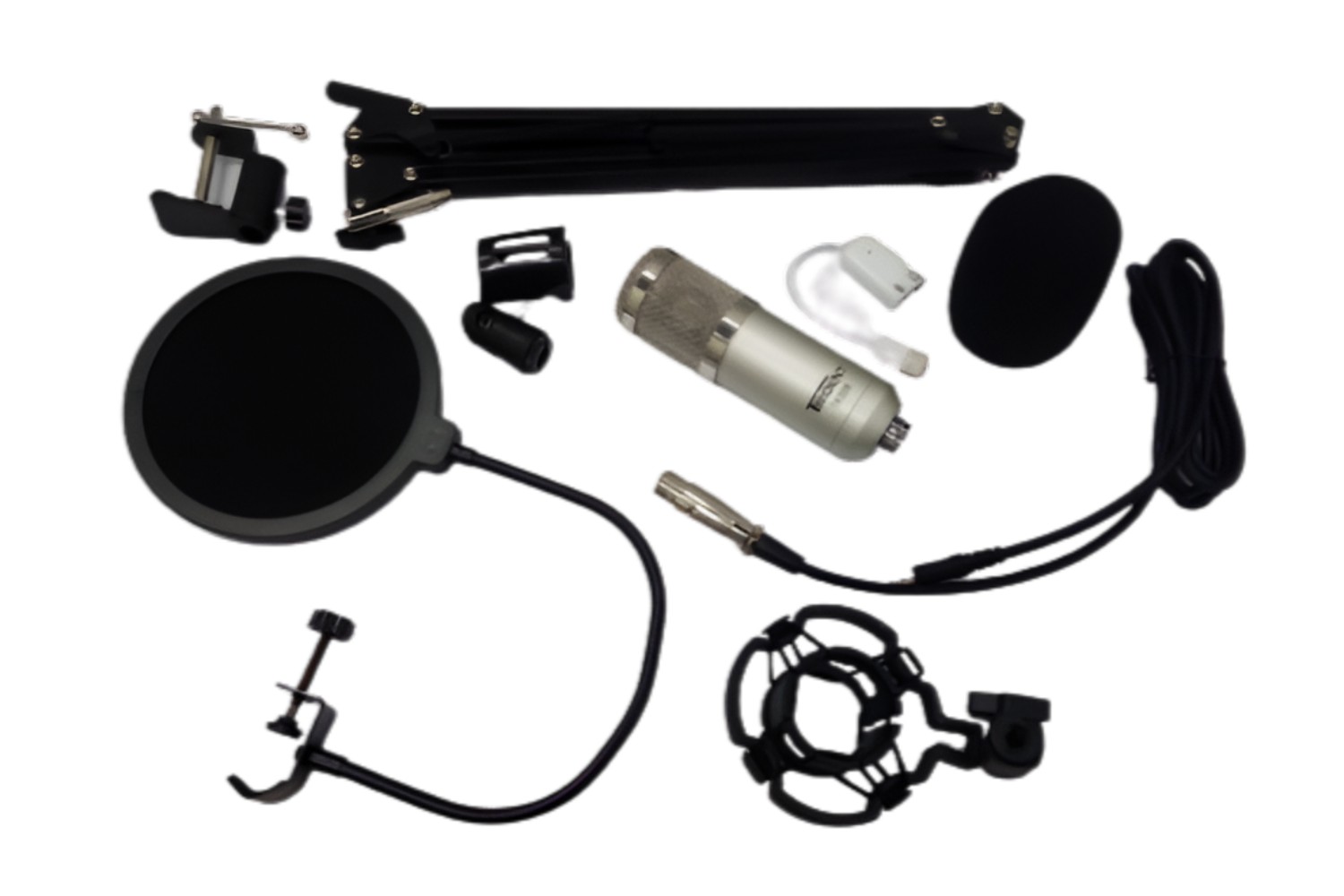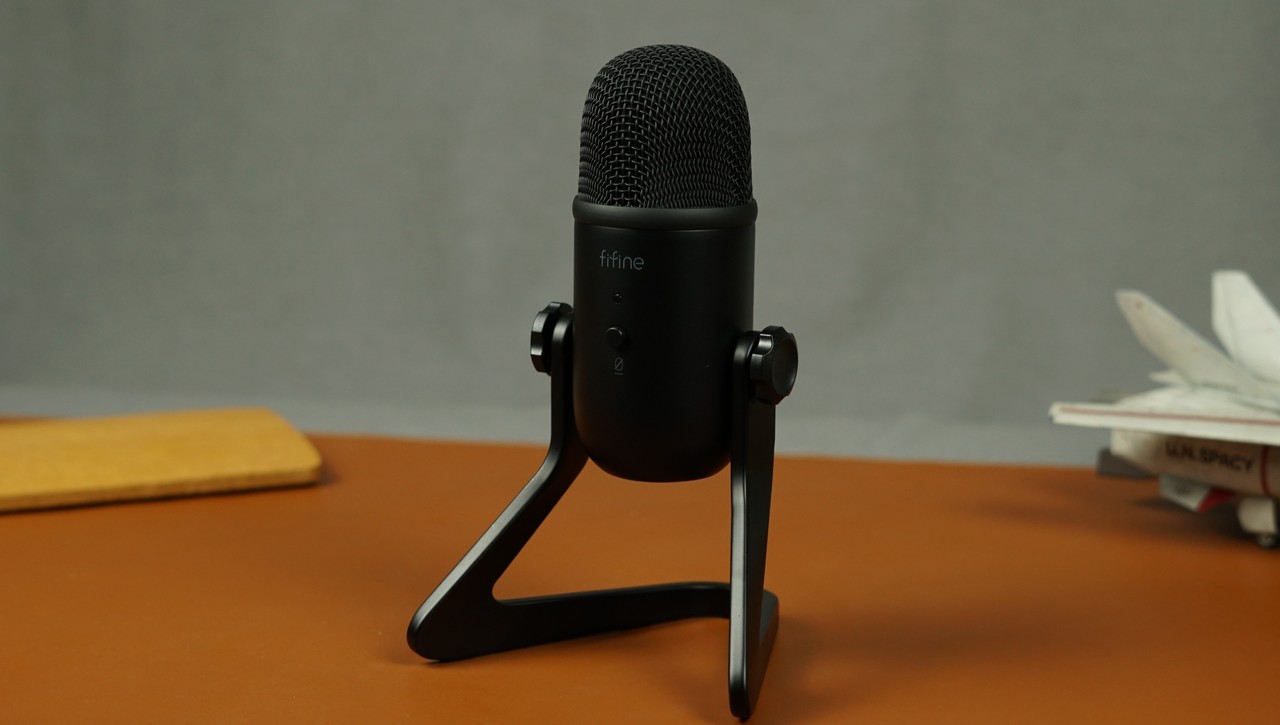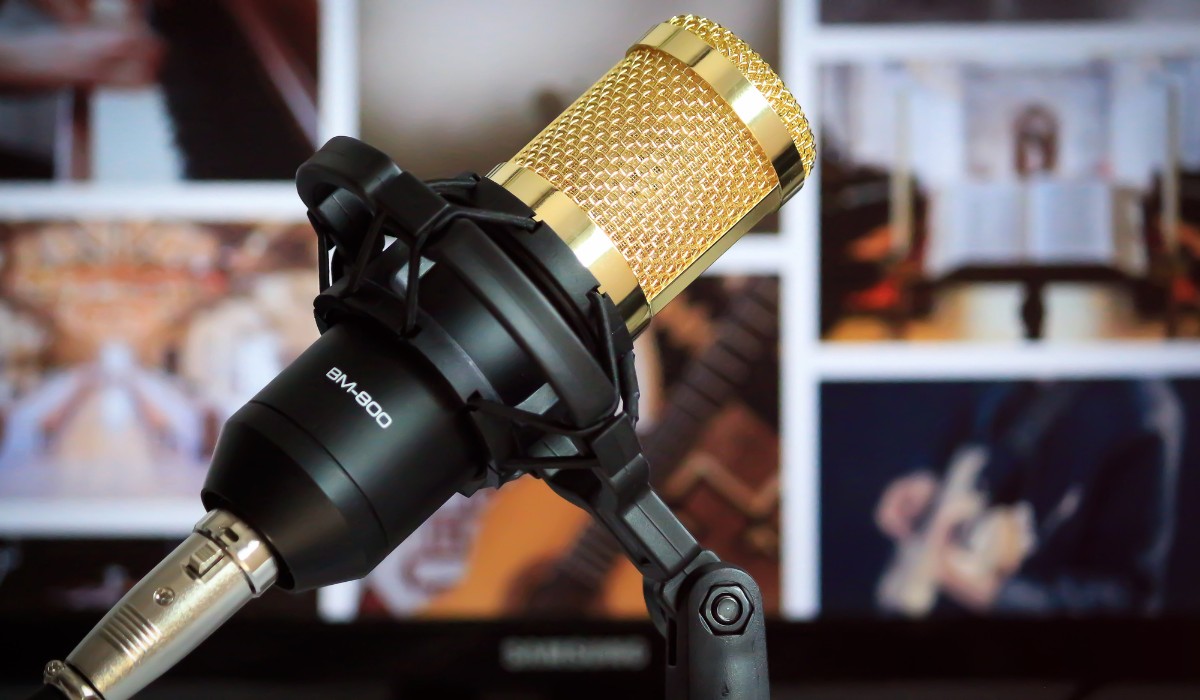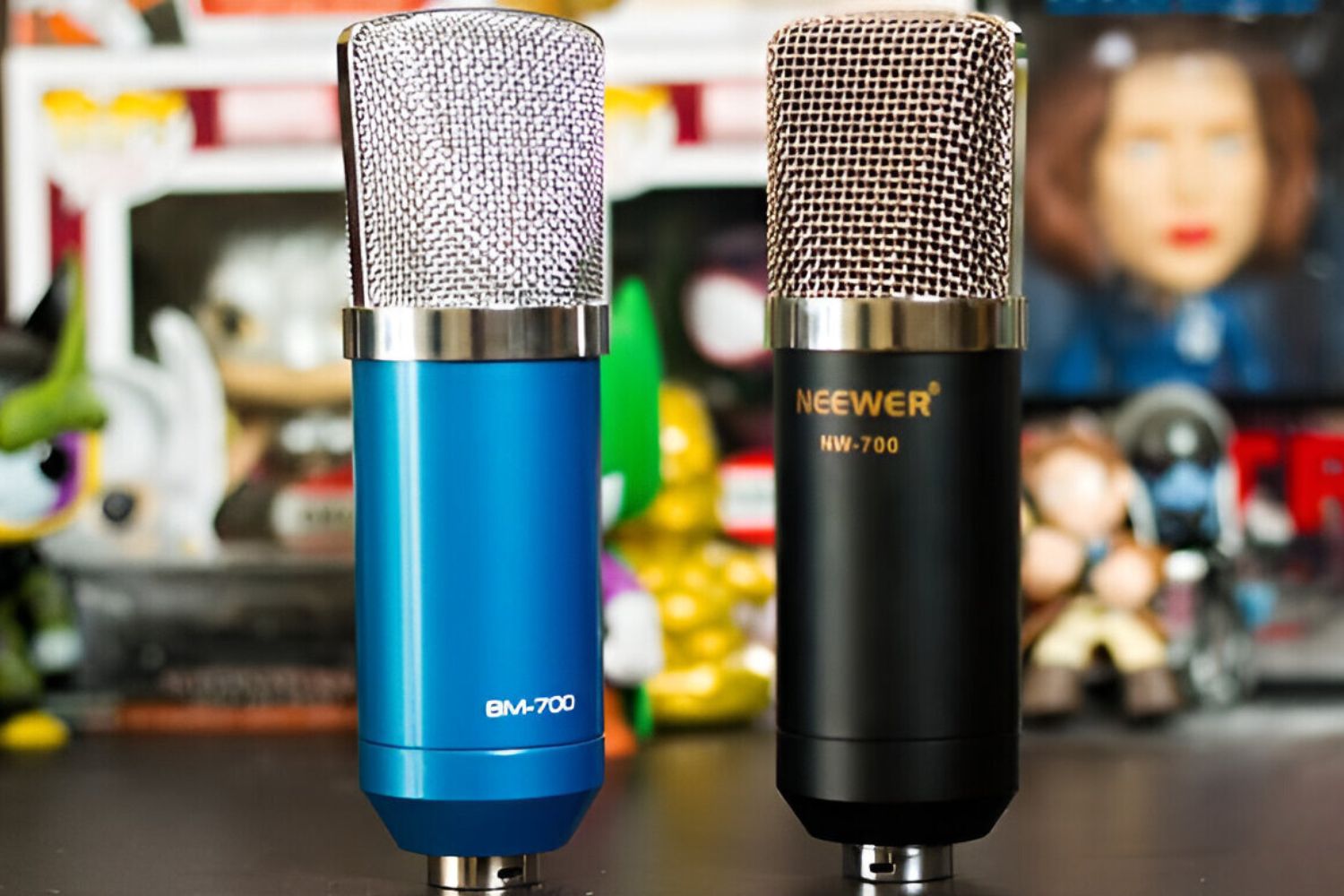Understanding Phantom Voltage and Its Impact on Condenser Microphones
Introduction
Condenser microphones are prized for their exceptional sensitivity and high-quality audio capture, making them a popular choice for professional recording studios, live performances, and broadcasting. One crucial aspect of utilizing condenser microphones is understanding the impact of phantom voltage on their performance. Phantom voltage, also known as phantom power, plays a pivotal role in powering condenser microphones, and its proper management is essential for optimal microphone functionality.
When discussing the impact of phantom voltage on condenser microphones, it is essential to delve into the technical aspects of this phenomenon. Phantom voltage refers to the method of delivering DC electrical power to microphones through the same cables used for transmitting audio signals. Typically, condenser microphones require phantom power to operate, as it energizes the microphone's internal circuitry, enabling it to function effectively. The standard phantom voltage for microphones is 48 volts, although some microphones may operate at lower voltages, such as 12 or 24 volts. Understanding how phantom voltage affects condenser microphones is crucial for ensuring the best possible audio performance and longevity of the equipment.
In this comprehensive guide, we will explore the intricacies of phantom voltage and its impact on condenser microphones. By gaining insight into this fundamental aspect of microphone operation, audio engineers, musicians, and recording enthusiasts can enhance their understanding of how to optimize the performance of condenser microphones in various settings. Additionally, we will discuss practical strategies for managing phantom voltage to mitigate potential issues and maximize the potential of condenser microphones. Let's embark on a journey to unravel the mysteries of phantom voltage and its significance in the realm of professional audio recording and production.
Understanding Phantom Voltage
Phantom voltage, also known as phantom power, is a method of delivering DC electrical power to microphones, particularly condenser microphones, through the same cables used for transmitting audio signals. This ingenious approach eliminates the need for additional power sources or batteries, streamlining the setup and operation of audio recording systems. The standardized phantom voltage for microphones is typically 48 volts, although some microphones may operate at lower voltages, such as 12 or 24 volts. Understanding the underlying principles of phantom voltage is essential for harnessing its benefits and avoiding potential pitfalls in microphone usage.
At its core, phantom voltage serves the critical function of energizing the internal circuitry of condenser microphones. Unlike dynamic microphones, which generate electrical signals through electromagnetic induction, condenser microphones rely on an external power source to polarize the diaphragm and backplate, facilitating the conversion of sound waves into electrical signals. This polarization voltage is supplied by phantom power, enabling condenser microphones to exhibit exceptional sensitivity and capture a wide range of frequencies with remarkable accuracy.
Phantom voltage is typically supplied through the balanced audio cables used to connect microphones to preamplifiers, mixers, or audio interfaces. This approach ensures that the phantom power is seamlessly integrated into the audio signal path, simplifying the overall setup while providing the necessary power for condenser microphones to operate effectively. It is important to note that phantom power is typically applied differentially across the two signal-carrying conductors, ensuring that it does not interfere with the audio signal itself.
Understanding the intricacies of phantom voltage is crucial for audio engineers, musicians, and recording professionals, as it directly impacts the performance and reliability of condenser microphones. By comprehending how phantom power is delivered, its voltage specifications, and its role in energizing condenser microphone circuitry, individuals can make informed decisions when setting up audio systems and troubleshooting potential issues related to phantom power.
Effects of Phantom Voltage on Condenser Microphones
The application of phantom voltage has profound effects on the performance and capabilities of condenser microphones. Understanding these effects is essential for optimizing the audio quality, mitigating potential issues, and ensuring the longevity of microphone equipment.
- Powering the Internal Circuitry: Phantom voltage serves as the primary power source for condenser microphones, energizing the internal circuitry responsible for capturing sound waves and converting them into electrical signals. Without phantom power, condenser microphones would be unable to function, rendering them inoperable. The consistent and reliable delivery of phantom power is crucial for maintaining the microphone’s operational integrity.
- Enhanced Sensitivity and Frequency Response: Phantom power enables condenser microphones to exhibit exceptional sensitivity and a broad frequency response, making them ideal for capturing nuanced audio details and accurately reproducing a wide range of sound frequencies. The polarization voltage provided by phantom power allows condenser microphones to excel in capturing subtle nuances in vocals, instruments, and ambient sounds, contributing to the overall fidelity of recorded audio.
- Signal Integrity and Low-Noise Operation: Properly applied phantom voltage ensures that condenser microphones receive a clean and consistent power supply, contributing to the preservation of signal integrity and minimizing electrical noise in the audio signal path. This results in pristine audio capture with minimal interference, enhancing the overall quality of recordings and live sound reinforcement.
- Stability and Reliability: Phantom voltage plays a pivotal role in stabilizing the operation of condenser microphones, contributing to their reliability in various recording and performance environments. By providing a standardized power source, phantom power minimizes the risk of erratic microphone behavior and ensures consistent performance, allowing professionals to focus on capturing exceptional audio without concerns about power-related disruptions.
Understanding the effects of phantom voltage on condenser microphones empowers audio professionals to harness the full potential of these versatile microphones while proactively addressing any issues related to phantom power delivery. By recognizing the impact of phantom voltage on microphone performance, individuals can make informed decisions when configuring audio systems, troubleshooting technical issues, and optimizing the audio capture process.
How to Manage Phantom Voltage for Condenser Microphones
Effectively managing phantom voltage is essential for ensuring the reliable operation and optimal performance of condenser microphones. By implementing best practices and employing the right equipment, audio professionals can mitigate potential issues related to phantom power delivery and maximize the potential of condenser microphones in various recording and live sound applications.
- Utilize Compatible Equipment: When using condenser microphones that require phantom power, it is crucial to ensure that all audio equipment in the signal chain, including preamplifiers, mixers, and audio interfaces, is compatible with providing phantom voltage. Verify that the equipment specifications align with the required phantom power voltage and that the devices are designed to deliver clean and stable phantom power to condenser microphones.
- Check Phantom Power Switches: Many audio interfaces, mixers, and preamplifiers feature individual switches or buttons to activate phantom power for specific microphone inputs. Prior to connecting condenser microphones, verify that the phantom power switches are in the correct position to supply the necessary voltage. Additionally, exercise caution when engaging or disengaging phantom power to prevent potential audio spikes or transients that may affect the connected microphones.
- Use Balanced XLR Cables: Employing balanced XLR cables for connecting condenser microphones to audio interfaces and mixers is essential for delivering phantom power while maintaining proper signal integrity. Balanced cables help minimize interference and noise, ensuring that the phantom power is transmitted cleanly and reliably to the microphones without introducing unwanted artifacts or disruptions in the audio signal path.
- Perform Regular Equipment Checks: Periodically inspect the audio equipment, cables, and connections to confirm that phantom power is being delivered consistently and without any voltage irregularities. Verify that the cables are in good condition, the connectors are clean and secure, and the phantom power indicators on the audio devices are functioning as expected. Regular maintenance and checks can help preemptively address potential issues related to phantom power delivery.
- Consider External Phantom Power Supplies: In situations where the built-in phantom power of audio interfaces or mixers may be inadequate or unreliable, external phantom power supplies or dedicated microphone preamplifiers with robust phantom power capabilities can be utilized. These external solutions provide an additional layer of control and assurance, particularly in critical recording environments where consistent phantom power delivery is paramount.
By implementing these strategies and adhering to best practices for managing phantom voltage, audio professionals can optimize the performance of condenser microphones while ensuring the stability and reliability of phantom power delivery. Understanding the nuances of phantom power management empowers individuals to create pristine audio recordings and live sound productions with confidence, knowing that their condenser microphones are receiving the necessary power to operate at their full potential.
Conclusion
Understanding the intricacies of phantom voltage and its impact on condenser microphones is paramount for audio professionals seeking to achieve exceptional audio quality and reliability in their recording and live sound endeavors. The application of phantom power is essential for energizing the internal circuitry of condenser microphones, enabling them to exhibit remarkable sensitivity, low noise operation, and a broad frequency response. By comprehending the effects of phantom voltage on condenser microphones, individuals can harness the full potential of these versatile microphones while proactively addressing any issues related to phantom power delivery.
Effectively managing phantom voltage is a critical aspect of ensuring the reliable operation and optimal performance of condenser microphones. By implementing best practices such as utilizing compatible equipment, checking phantom power switches, using balanced XLR cables, performing regular equipment checks, and considering external phantom power supplies, audio professionals can mitigate potential issues related to phantom power delivery and maximize the potential of condenser microphones in various recording and live sound applications.
In conclusion, the harmonious integration of phantom voltage and condenser microphones is a testament to the ingenuity and precision of audio engineering. By mastering the art of managing phantom voltage and understanding its profound effects on condenser microphones, individuals can elevate their audio productions, capture pristine recordings, and deliver captivating live performances with confidence and precision.

























